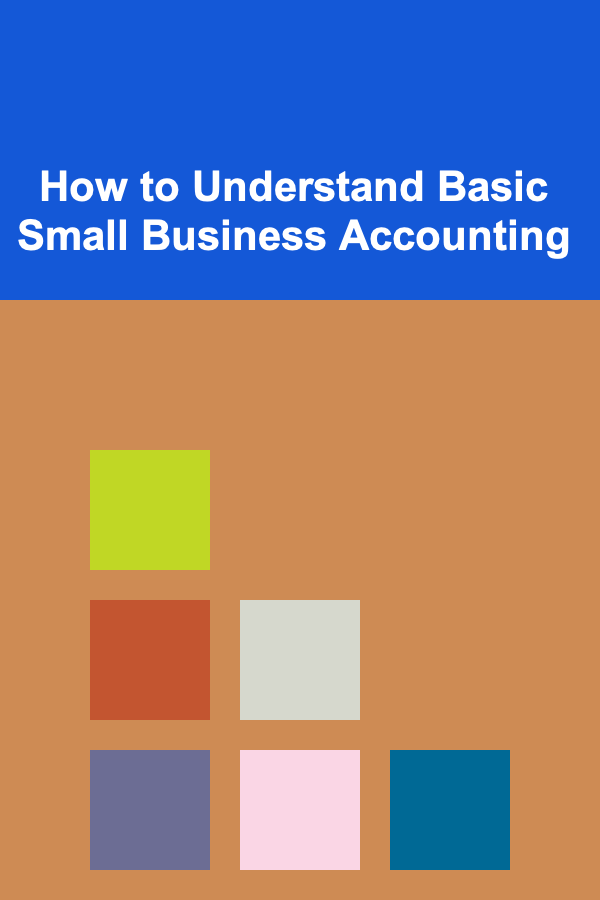
10 Tips for Perfect Cardstock Scoring Every Time
ebook include PDF & Audio bundle (Micro Guide)
$12.99$11.99
Limited Time Offer! Order within the next:

Cardstock scoring is an essential technique for creating professional-looking paper crafts, greeting cards, invitations, and other paper-based projects. Scoring helps to create clean, crisp folds, which are especially important when dealing with heavy-duty paper like cardstock. Whether you're a seasoned crafter or just getting started, mastering cardstock scoring can elevate your designs and ensure that your projects are as neat and polished as possible.
In this article, we'll cover ten crucial tips to help you score cardstock perfectly every time. From understanding the tools to using the right techniques, these tips will guide you through the scoring process and help you achieve consistent, precise results.
Understand the Importance of Scoring
Scoring is the process of creating a groove along the line where you plan to fold the paper. This groove allows the paper to bend without cracking or tearing, especially when working with thick cardstock. Scoring is particularly important when creating greeting cards, box designs, or any project that requires multiple folds. By creating a pre-folded line, the cardstock is more likely to fold neatly and evenly, giving your project a professional appearance.
Without scoring, cardstock may crack, warp, or create uneven folds, resulting in an unpolished, messy finish. This is why scoring is crucial to achieving clean, precise folds, particularly with thick or textured cardstock.
Use the Right Tools for Scoring
The most common tools for scoring cardstock include a scoring board, a bone folder, or a scoring stylus. Each tool has its advantages, and selecting the right one depends on your preference, project requirements, and available supplies.
- Scoring Board: A scoring board is one of the best tools for scoring cardstock. It provides a grid with pre-measured lines, making it easy to score consistently. A scoring board is ideal for larger projects or when working with multiple sheets of cardstock. The tool typically includes a scoring tool, which is used to create the actual groove on the paper.
- Bone Folder: A bone folder is a flat, smooth tool that helps to create a clean crease along the score line. It's an excellent choice for refining the fold after you've scored the cardstock. It is especially helpful when you want to achieve a sharp crease and avoid any rough edges.
- Scoring Stylus: A scoring stylus is a pen-like tool with a pointed end, used for creating score lines on paper. While it's not as precise as a scoring board, it's useful for smaller projects or when you need to score in hard-to-reach areas.
The right tool for the job depends on the scale and complexity of your project. A scoring board is ideal for consistency, while a bone folder or scoring stylus can help refine the results.
Ensure Proper Alignment on the Scoring Board
If you're using a scoring board, precise alignment is key to achieving perfect score lines. Make sure your cardstock is aligned correctly with the grid on the scoring board before scoring. Many scoring boards have alignment guides or rulers that help you position your cardstock with accuracy. Double-check the position of your paper to avoid off-center or uneven score lines.
When scoring multiple sheets, it's important to align each sheet properly to ensure uniform results. Misalignment can result in crooked folds or inconsistent designs.
Use a Light Hand When Scoring
While it might be tempting to apply pressure when scoring thick cardstock, using too much force can cause the paper to tear or distort. Instead, use a light hand when scoring. You only need to apply enough pressure to create a groove on the surface of the paper. If you're working with thicker cardstock, you may need to score along the line several times to create a deep enough groove, but always start with a gentle touch.
Scoring with too much force can result in over-impressed lines that may become visible after folding, detracting from the neatness of your project.
Score on the Right Side of the Paper
When scoring cardstock, it's essential to score on the correct side of the paper. The smooth side of the paper should face up, as scoring on the textured or rough side can lead to uneven or jagged folds. If your cardstock has a printed or textured side, be sure to score on the back (or the unprinted side) for the cleanest results.
If you're working with double-sided paper or cardstock with a design, consider how the fold will affect the appearance of the project. In some cases, scoring on the front side may be necessary for visual consistency.
Use the Correct Scoring Tool for the Weight of the Cardstock
The thickness of the cardstock you're working with will influence the choice of scoring tool. For lightweight papers (less than 80 lbs), a simple scoring stylus or bone folder will suffice. However, heavier cardstock (100 lbs or more) requires a scoring board or a specialized tool to prevent uneven scoring or tearing.
Heavier cardstock may also require more passes with the scoring tool to achieve a deep enough groove. If you're using a manual scoring board, test it out with a scrap piece of paper to ensure you're applying the right amount of pressure.
Avoid Scoring Too Close to the Edge
When scoring your cardstock, avoid scoring too close to the edge, as this can cause the paper to tear or weaken along the fold. Leave a small margin between the score line and the edge of the paper, typically about 1/4 to 1/2 inch. This ensures that the fold remains clean and that the edges of the cardstock don't become damaged when folded.
Additionally, when scoring for complex folds, such as in box-making, it's important to leave enough space for multiple folds without interfering with the edges of the paper.
Score Multiple Lines for Complex Folds
If your project requires complex folds, such as those in pop-up cards or multi-fold designs, be sure to score multiple lines where the folds will occur. This ensures that the cardstock folds evenly and doesn't buckle under the pressure. For example, when creating a gatefold card, score each panel separately to allow for a clean, symmetrical fold.
For intricate folds or accordion-style projects, score each fold individually before folding to ensure precision.
Refine Your Folds with a Bone Folder
After scoring your cardstock, use a bone folder to refine the fold. A bone folder helps to create a sharp, crisp crease and ensures that the fold remains smooth and flat. Gently run the bone folder along the fold, pressing lightly to flatten the crease.
This step is essential for creating professional-looking projects, as it eliminates any unsightly creases, bumps, or irregularities in the fold.
Practice on Scrap Paper First
If you're new to cardstock scoring, it's always a good idea to practice on scrap paper before starting your project. Test different scoring techniques and tools to determine which one works best for your specific cardstock. Practicing on scrap pieces allows you to refine your technique and build confidence before scoring your final piece.
Additionally, practicing on scrap paper lets you experiment with different scoring depths and pressure levels, so you can find the right balance for your project.
By following these ten tips, you'll be well on your way to mastering the art of cardstock scoring. Whether you're creating greeting cards, invitations, or paper crafts, scoring ensures that your projects look neat, professional, and polished. With the right tools, techniques, and practice, you'll be able to achieve perfect score lines every time.
Reading More From Our Other Websites
- [Biking 101] How to Choose the Best Recumbent Bikes for Comfort and Performance
- [Scrapbooking Tip 101] Quote-Inspired Layouts: Creative Ways to Highlight Your Favorite Phrases in Scrapbooking
- [Personal Care Tips 101] How to Select a Body Wash for Dry Skin
- [Home Soundproofing 101] How to Soundproof Your Home's HVAC System
- [Home Storage Solution 101] How to Maximize Storage in a Small Kitchen
- [Organization Tip 101] How to Create an Efficient Workspace for Hobbies
- [Personal Care Tips 101] How to Use Concealer for a Brightening Effect on Dull Skin
- [Personal Investment 101] Earn Money from Deep Learning with Minimal Effort
- [Organization Tip 101] How to Use Trays for Desk Organization
- [Personal Finance Management 101] How to Track Your Monthly Expenses Effectively

How to Make Your Home More Sustainable with Renovation
Read More
How to Understand Basic Small Business Accounting
Read More
How To Interpret Your Raw Genetic Data Files
Read More
How to Navigate Agile Business Analysis Methodologies
Read More
10 Tips for Renting in a Competitive Market
Read More
How to Design a Cozy Reading Nook
Read MoreOther Products

How to Make Your Home More Sustainable with Renovation
Read More
How to Understand Basic Small Business Accounting
Read More
How To Interpret Your Raw Genetic Data Files
Read More
How to Navigate Agile Business Analysis Methodologies
Read More
10 Tips for Renting in a Competitive Market
Read More